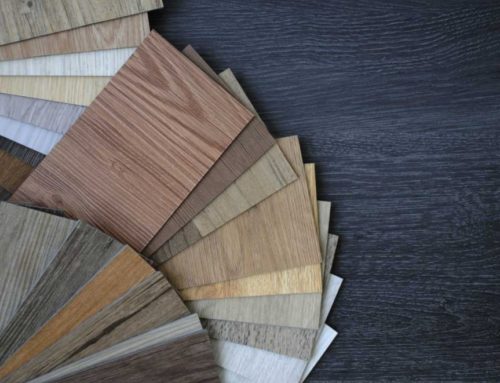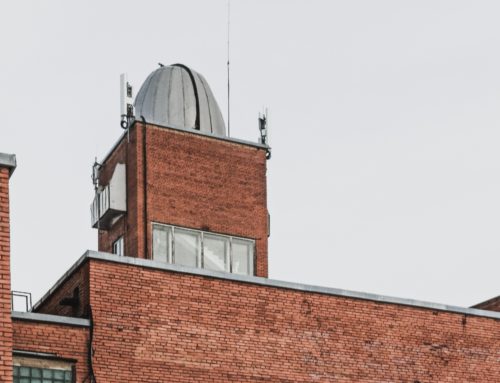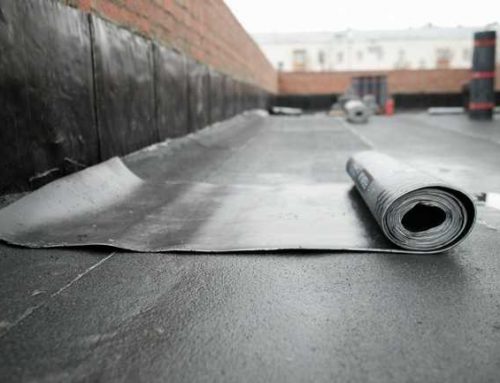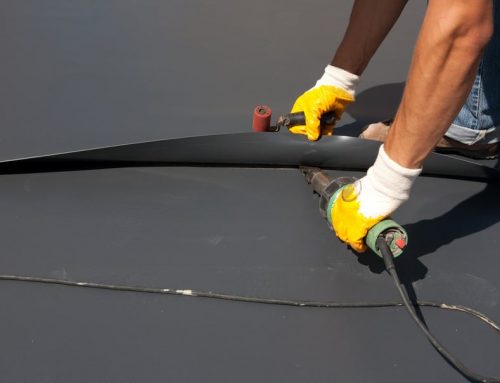The roof is, along with the walls and the foundations, one of the three vital components of a building. The covering of the structure, resting upon its walls, provides essential protection against rain, snow, sunlight and wind, while helping maintain the internal temperature and structural integrity. That said, a roof is more than mere functionality; it can amplify the aesthetic power of a building, becoming an iconic symbol in its own right. Take, for instance, Shrewsbury’s splendid abbey: its roof and vaulted ceilings are central to its architectural impact and heritage value.
Below is a tour of some of the world’s most spectacular roofs, from medieval domes to living green coverings and daring modern structures.
Florence Cathedral, Italy
Formally known as Cattedrale di Santa Maria del Fiore, Florence’s cathedral was begun in 1296 and completed in 1436. The crowning glory is Brunelleschi’s dome, the largest brick dome ever constructed. With its twin-shell design, ingenious herringbone brickwork, and soaring height, it remains a marvel of Renaissance engineering. Its terracotta-red exterior harmonises wonderfully with the polychrome marble façade of the basilica, offering a vivid contrast that draws the eye upward.
The dome not only expresses elegance, but also demonstrates structural daring: the central lantern at the top, the ribs and internal support, and the way the dome seems to float above the nave make it one of the most studied roof structures in architectural history.
Red-Tiled Roofs of Dubrovnik, Croatia
Dubrovnik, perched on the Adriatic coast, is famed for its continuous tapestry of orange-red terracotta roofs. The uniformity of the tiles across the old city gives it a visually cohesive, almost fairy-tale quality. Despite intense shelling during the Yugoslav Wars in the 1990s, many roofs were painstakingly reconstructed to the same traditional style. The result is a striking panorama of red roofs cascading down to the sea, a sight often described as one of Europe’s most photogenic skylines. It gained wider fame when the city’s rooftops were used as the backdrop for King’s Landing in Game of Thrones.
Grand Palace, Bangkok, Thailand
Deep in the heart of Bangkok lies the Grand Palace, established in 1782. Its roofs are resplendent with gilded spires, sweeping tiers, and vivid ornamentation. The layered and upward-sweeping roofs, trimmed with gold and capped with finials, reflect Thai traditional style at its most exuberant. The contrast of red tiles, green glazed ornament, and gleaming gold reflects sunlight in dazzling ways across the palace complex. Seen across the city skyline, the palace roofs are unmistakable.
Sydney Opera House, Australia
Synonymous with iconic roofing, the swan-like shell roofs of the Sydney Opera House evoke sails billowing in the harbour breeze. Conceived by architect Jørn Utzon, the structure’s roof is made of precast concrete “shells” clad in more than one million glossy white ceramic tiles. The North Shells, South Shells, and Harbour Bridge in the background form an enduring image of Australia. The construction took over 14 years, embroiled in technical complexities, but the result is one of the most celebrated building roofs globally.
St Paul’s Cathedral, London, England
Following the Great Fire of London in 1666, Sir Christopher Wren’s masterful design gave the city one of its definitive landmarks. The dome of St Paul’s, finished in 1710, dominates London’s skyline. Its baroque double-dome, set atop a drum with a collonaded gallery, is instantly recognisable. During the Blitz of World War II, a famous photograph captured St Paul’s standing amid the smoke and rubble, its dome a symbol of perseverance and architectural beauty.
Westminster Hall, London, England
One of England’s greatest medieval interiors, Westminster Hall features a magnificent hammerbeam roof, the largest clear-span medieval timber roof in England. Commissioned by King Richard II in 1393 and built by Hugh Herland, the oak structure pushes aesthetic and structural boundaries. The roof seems to float above the hall, creating a grand, cathedral-like space without internal supports. Its intricacy and scale are enduring testaments to Gothic carpentry.
Galleria Vittorio Emanuele II, Milan, Italy
This 19th-century arcade features a spectacular iron-and-glass roof: four barrel-vaulted spans crowned by a central dome. The steel arches, the glazing, and the way natural light floods the arcade produce a sublime indoor “street” that blurs inside and out. This kind of glass-canopy roofing was pioneering in its day and remains a high watermark for commercial architecture.
Thean Hou Temple, Malaysia
A vivid example of ornamental roofing, the Thean Hou Temple in Kuala Lumpur has a tiered six-level roof decorated with sweeping ridges, ridgelines shaped like dragons, and ornate cresting. The roof is not just decorative, but symbolic: dragons, deities, feng shui concepts, and vibrant colours all merge in one exuberant structure.
Green Roofs and Living Roofs
To push roofing into the realm of ecology, living roofs (roofs covered in vegetation) are becoming increasingly spectacular in their own right. The California Academy of Sciences in San Francisco has a “living roof” terrace of rolling hills planted with native flora, providing insulation and habitat. The Vancouver Convention Centre’s roofscape spans six acres, tying the building into the local ecosystem. These green roofs combine form and function, turning a “spectacular roof” into a living, breathing asset.
Architectural Sculptural Roofs
Some modern roofs push the boundaries of engineering and form. Architects now play with freeform, undulating, or folded-plate roof geometries that defy expectations. Whether walls merge into roofs, or roofing surfaces twist and fold like cloth, these sculptural designs challenge notions of what a roof can be.
What Makes a Roof Spectacular?
What differentiates a spectacular roof from a merely serviceable one? Several qualities often converge:
- Structural daring: Domes, shells, vast spans, cantilevers: these require engineering mastery.
- Visual drama: Bold lines, curves, tiling, colour, contrast with surrounding elements.
- Symbolism and identity: Many roofs become icons (e.g. Opera House, St Paul’s) in civic imagination.
- Integration with environment: Green roofs, glass canopies, and organic forms tie the roof and landscape.
- Material innovation: Use of glass, steel, ceramics, living plants, composite shells, pushing material boundaries.
In modern practice, roofs no longer hide in the shadows; they actively shape how we experience a building.
Your Local Roof Experts
At Cooper & Williams, we understand roofs aren’t just coverings; they’re vital, expressive elements of architecture and protection. Serving Shropshire, Mid-Wales, and surrounding areas (Oswestry, Aberystwyth, Ludlow, Machynlleth, Newtown, Welshpool, Market Drayton, Whitchurch, Telford and our hometown Shrewsbury), we bring decades of experience to each project.
Our services include pitched roofing, flat roofing, roof repairs, and commercial roofing. Whether your roof needs a practical repair or you wish to explore more ambitious design features (complex tiling, skylights, roofing embellishment), our qualified and motivated team can help.
Beyond roofing, we also install flooring: wood, tile, carpets, luxury vinyl, wall cladding, and more. Over nearly 50 years, Cooper & Williams has built a reputation for quality, reliability, and affordability.
To transform your roof, or simply restore its integrity, book a free consultation. Call 01743 850711 or email admin@coopwill.co.uk for a prompt, friendly response.





